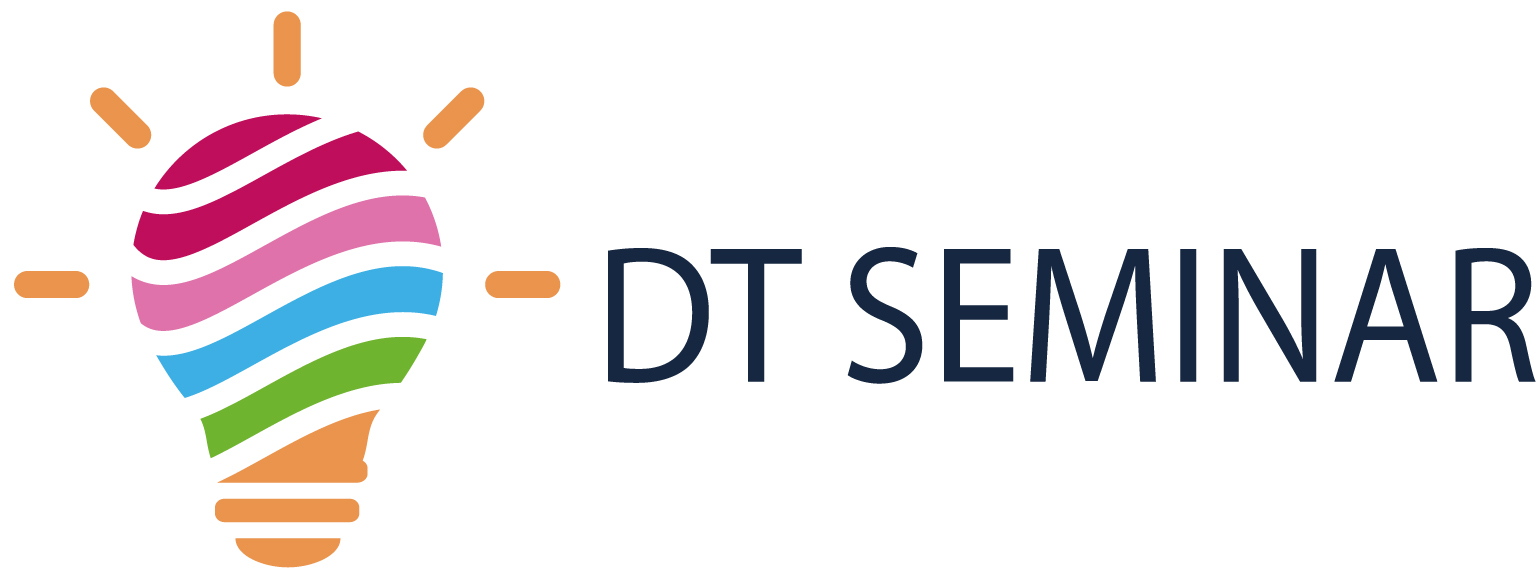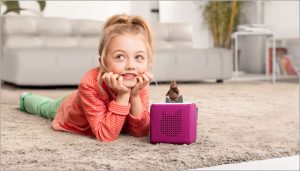Design Thinking at Uber and Uber Eats
What is Uber?
Uber offers multiple services that are built around a ride-sharing service.
Next to Didi and Lyft, Uber is one of the biggest ride-sharing services in the world. (Statista: Ride-sharing market size , 2024) The mechanism behind this is that customers of the application can be people who are in need of a ride to a location or people who offer to pick those other customers up to drive them to the location with their own car or a car rented via a car-rent company, depending on each country’s compliance.
Just in 2024 Uber Technologies generated almost 44 billion U.S. dollars and had around 171 million monthly users all over the world. (Statista: Revenue of Uber worldwide from 2013 to 2024, 2025)
How was Uber created / What was the motivation of the DT initiative?
The idea of Uber came to Travis Kalanick’s and Garret Camp’s mind when they themselves were in need of a ride on a cold winter evening in Paris to reach their destination – a business conference. (Uber: History, kein Datum) By doing so they were basically already empathizing on a high level with their actual (future) customers. They were experiencing the problem and the need that they were about to handle in the future with their product: Providing (business) people with a ride.
So the first time they came across the problem of not being able to reach their destination, they were already in the empathizing, definition and ideate phase if you want to explain it in Design Thinking terms.
Of course all 3 of these phases kept continuing for a while until only 1 year after that in March 2009, a first version of Uber – back then UberCab – was launched.
The service was not yet like we know it today. Back then the idea was to enable the customers to order a “luxus-car” with a professional chauffeur. (Uber: History, kein Datum) (Business Insider, 2016)
In terms of Design Thinking you can see this first application as a first prototype and a first test. Later on this first prototype has been evolving and split into other similar services.
In 2012 the service UberX was released. It enabled “normal” people to become drivers for Uber. Of course these people had to go through some kind of safety check concerning their drivers licence, their insurance, a backgroundcheck and they had to go through a personal conversation with Uber employees. Next to the black limousine like cars UberX now allowed drivers to use some other cars.(TechCrunch, 2012)
So with the launch of UberX the potential customers were increased by first of all ordinary people that were in need of a ride to a certain destination and some other people that were able to drive a car and who wanted to make some more money.
Next to the normal Uber and UberX service, Uber provides other services/brands like UberXL UberPOP, UberBLACK or Uber SUV which are car-hailing services for specific type of cars or UberTAXI which connects the customers which “real” taxi drivers. (Ansari, Weber, Hood, Otto, & Sawayda, 2015)
Every service or function that Uber delivers they approach with a very user-centric design. For this they are using the Double Diamond UX model, which is a four-stage framework that is not made of the 5 phases of Design Thinking directly but the 4 stages are very oriented on these. (Patil, 2023)

Figure 1
(Patil, 2023)
Another service they have been offering since 2015 is Uber Eats. (Danker, 2020)
The mission of Uber Eats is to connect restaurants with customers via Uber-speed delivery. Again more and more different people have become potential customers for Ubers service. For the Uber Eats service Uber works very focused on the design thinking concept.
Not only do the designers care about how their application is seen and used digitally, but also how it influences the people in the real world.
To really empathize with their customers the members of the Uber Eats design team constantly immerse themselves in the places of the customers as the customer experience cannot just be replicated in an office.
4 times a year the designers visit an Uber Eats city and learn about the city’s food culture by studying the logistical infrastructures, interview delivery partners, restaurants, workers and consumers. Stakeholders like these are also invited regularly to the Uber offices.
Besides they observe their design by following deliveries, visiting the restaurants during the rush and even sitting in people’s home while they order dinner.
Also they become customers themselves and use Uber Eats as customers to experience the process from their perspective (and eat food).
A perfect example of a well executed idea after empathizing with the customers at Uber Eats is a feature that provides step by step directions from restaurants to facilitate the pickups for the drivers using the Driver App.
The prototypes of the ideas that the Uber design teams comes up with are always executed as fast as possible often in multiple versions – so called A/B testing.
By that it’s easy to figure out fast which features perform the best.
This fast designing and executing of designs does not only help to find out in which way some features are implemented the best, it is also necessary to acquire new customers with new features as fast as possible as the different customer groups are dependent on each other and keep the business alive. E.g. a smooth functioning driver app leads to more drivers, which leads to better and faster choosing of food for end customers, which then again leads to more people willing to be drivers as the Uber Eats driver becomes a safer and maybe more profitable job. (Smith, 2017)
Lessons learned
A product doesn’t have to be perfect and fully evolved at the beginning.
The work ethic at Uber is the same as it was back in 2008 when the two founders had the first ideas of Uber. With the launch of the first Uber application they solved a problem or fulfilled a need that they themselves had.
If you take a look at how Uber Eats – which is still a new and changing business – works now, not much has changed. The designers empathize with the customers just as the 2 founders did and just launch new applications or add new functions to already existing applications to get a fast and early feedback to be able to adjust things.
Sources
Ansari, N. L., Weber, L., Hood, S., Otto, C., & Sawayda, J. (2015). The University of New Mexico. Von Uber Technologies Inc.: Managing Opportunities and Challenges: https://ethics.mgt.unm.edu/pdf/uber-case-study.pdf abgerufen
Business Insider. (27. July 2016). Von So wurde Uber zu einem der wertvollsten Startups der Welt: https://www.businessinsider.de/tech/wie-ubers-erfolgreich-wurde-08-2016/?utm_source=chatgpt.com abgerufen
Danker, D. (7. October 2020). Uber Newsroom. Von Arriving Now: The New Uber Eats: https://www.uber.com/newsroom/arriving-now-the-new-uber-eats/ abgerufen
Patil, R. (15. February 2023). Medium. Von Uber’s Double Diamond UX Model: Delivering a Seamless Ride for Users: https://medium.com/design-bootcamp/uber-strategy-8323a426711f abgerufen
Smith, P. C. (6. June 2017). Medium: How We Design on the UberEATS Team. Von https://medium.com/uber-design/how-we-design-on-the-ubereats-team-ff7c41fffb76 abgerufen
Statista: Revenue of Uber worldwide from 2013 to 2024. (27. February 2025). Von https://www.statista.com/statistics/550635/uber-global-net-revenue/ abgerufen
Statista: Ride-sharing market size . (08. April 2024). Von https://www.statista.com/statistics/1155981/ride-sharing-market-size-worldwide/ abgerufen
TechCrunch. (1. July 2012). Von Uber Opens Upl Platform To Non-Limo Vehicles With “UberX”: https://techcrunch.com/2012/07/01/uber-opens-up-platform-to-non-limo-vehicles-with-uber-x-service-will-be-35-less-expensive/?utm_source=chatgpt.coum abgerufen
Uber: History. (kein Datum). Von https://www.uber.com/en-DE/newsroom/history/ abgerufen


